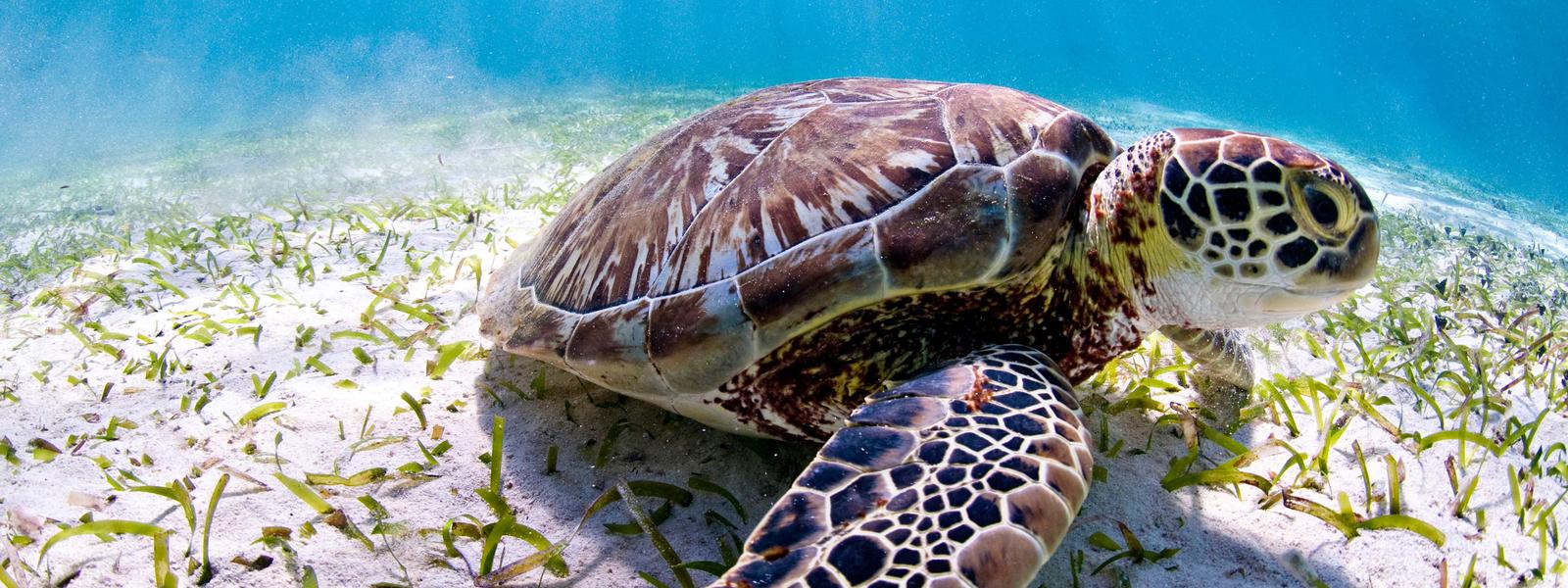2 species of turtles
Hi readers welcome back in today's post I will be saying you all about the 2 species of turtles. The first one is about the largest species of turtle and the other is the most dangerous species of turtle. You will also get to know about the difference between a tortoise and a turtle.
Turtle:
Turtles are reptiles. They are characterized by a special bony or cartilaginous shell developed from their ribs that acts as a shield. Turtles are one of the oldest reptile groups, more ancient than snakes or crocodiles .Turtles have around 360 known living species, some are highly endangered.Turtles are commonly called cold-blooded—meaning that their internal temperature varies according to the ambient environment. Turtles are classified as amniotes, along with other reptiles, birds, and mammals. Like other amniotes, turtles breathe air and do not lay eggs underwater, although many species live in or around water.
Difference between a turtle and a tortoise:
Tortoises have more rounded and domed shells where turtles have thinner, more water-dynamic shells. Turtle shells are more streamlined to aid in swimming. One major key difference is that tortoises spend most of their time on land and turtles are adapted for life spent in water. Tortoises have club-like forelegs and 'elephantine' hind legs. Because tortoise are often larger and heavier, there elephantine hind legs help them move around and carry the extra weight. Turtles will have more flipper like legs, or webbed feet to make it easier to cruise through the water.
Leatherback turtle:
- The leatherback turtle is the largest turtle species in the world.
- Leatherback turtles are 4.5 to 5.5 feet (1.4 to 1.7 m) long and weigh up to 2,200 pounds (998 kg).
- Leatherback turtles are the only turtle species in the world that does not have a hard shell and scales.
- Leatherback turtles are named for their tough skin that resembles rubbery leather.
- Leatherback turtles have not changed in millions of years and have existed in their current form since the time of the dinosaurs.
- Leatherback turtles swim over 10,000 miles a year to reach their nesting grounds.
- Leatherback turtles are expert divers, capable of diving down nearly 4,000 feet (1,219 m) deep.
- Leatherback turtles can stay underwater for up to 85 minutes.
- Leatherback turtles have sharp jaws that help tear through their gelatinous prey, such as jellyfish and salps.
- Leatherback turtles have a body temperature that is noticeably higher than that of the surrounding water because of their high metabolic rate.
Alligator snapping turtle:
- The Alligator Snapping Turtle is the world’s largest freshwater turtle, and by far the most dangerous.
- Weighing over 200 pounds, the bizarre looking reptile has a cone covered, dinosaur like shell, and a massive beak that will cleanly amputate any body part brought near it.
- It is capable of severing a broom handle with lightning speed.
- Alligator snapping turtle hunts actively during the night.
- Their powerful jaws can snap through bone.
- They can stay submerged for 40 to 50 minutes before surfacing for air.
- They can actively search for prey by tasting chemicals in the water that are indicative of a particular species.
- They often eat other turtles.
- The turtle’s typical lifespan in the wild is between 11 and 45 years.
- Alligator snapping turtle can survive from 20 to 70 years in captivity.







Nice da
ReplyDeleteThank you for the info devmatiy
ReplyDeleteVery informative! Keep going.
ReplyDelete